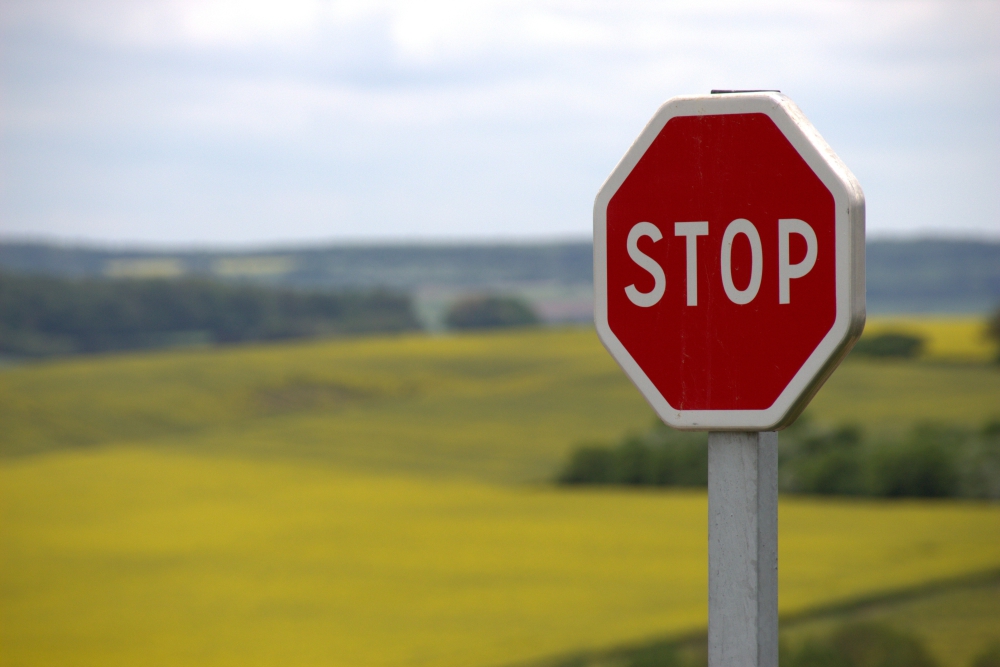Common Rules of the Road
The levels of car ownership in the Netherlands are very high. The road system is good, with highways connecting all major towns. Everyone new to the Netherlands needs to understand the basic rules of the road to drive safely.
It is advisable to study the booklet of traffic regulations for licenses A (motorcycles) and/or B (automobiles). This can be obtained from the ANWB (Algemene Nederlandse Wielrijders Bond) or the KNAC (Koninklijke Nederlandse Automobiel Club). A driving manual, Traffic Manual Passenger Car (License B) is also published in English by Verjo.
Dutch road rules conform to most European regulations. It is highly recommended that you read the official driving manual, but here are some of the main road rules:
- Minimum driving age is 18. Drive on the right hand side of the road and overtake on the left.
- Unless otherwise stated, give way to vehicles coming from the right.
- On yellow diamond signed roads, you have the right of way over the other traffic wishing to enter the road on which you are traveling.
- On yellow diamond signed roads, ‘shark’s teeth’ markings are located at the intersection of the side road with the main road – indicating that vehicles on the side road need to give way or yield.
- Motorists on a roundabout have right of way.
- At many intersections, there are separate traffic lights for turning traffic and ongoing traffic. Turning right on a red light is not legal.
- All vehicle occupants must wear a seat belt, both in the front and in the back for all ages.
- Children under 1.35 m must sit in an approved car seat.
- Mobile phones may only be used with a hands-free system while driving. Even holding a mobile phone in a moving vehicle is considered an offense.
- Motorcyclists must wear a helmet.
- Cyclists should obey the road rules, but they often don’t, so caution is recommended. Even when a cyclist is not observing the rules, s/he is considered to have right of way, regardless of the situation. When there is an accident between a bicycle and a car, the car driver is nearly always considered to be at fault.
The Government has published a brochure in English which highlights the most important Dutch traffic rules and regulations and describes the unique traffic signs. You can download it from the link bellow.
Participating in Dutch Traffic brochure
